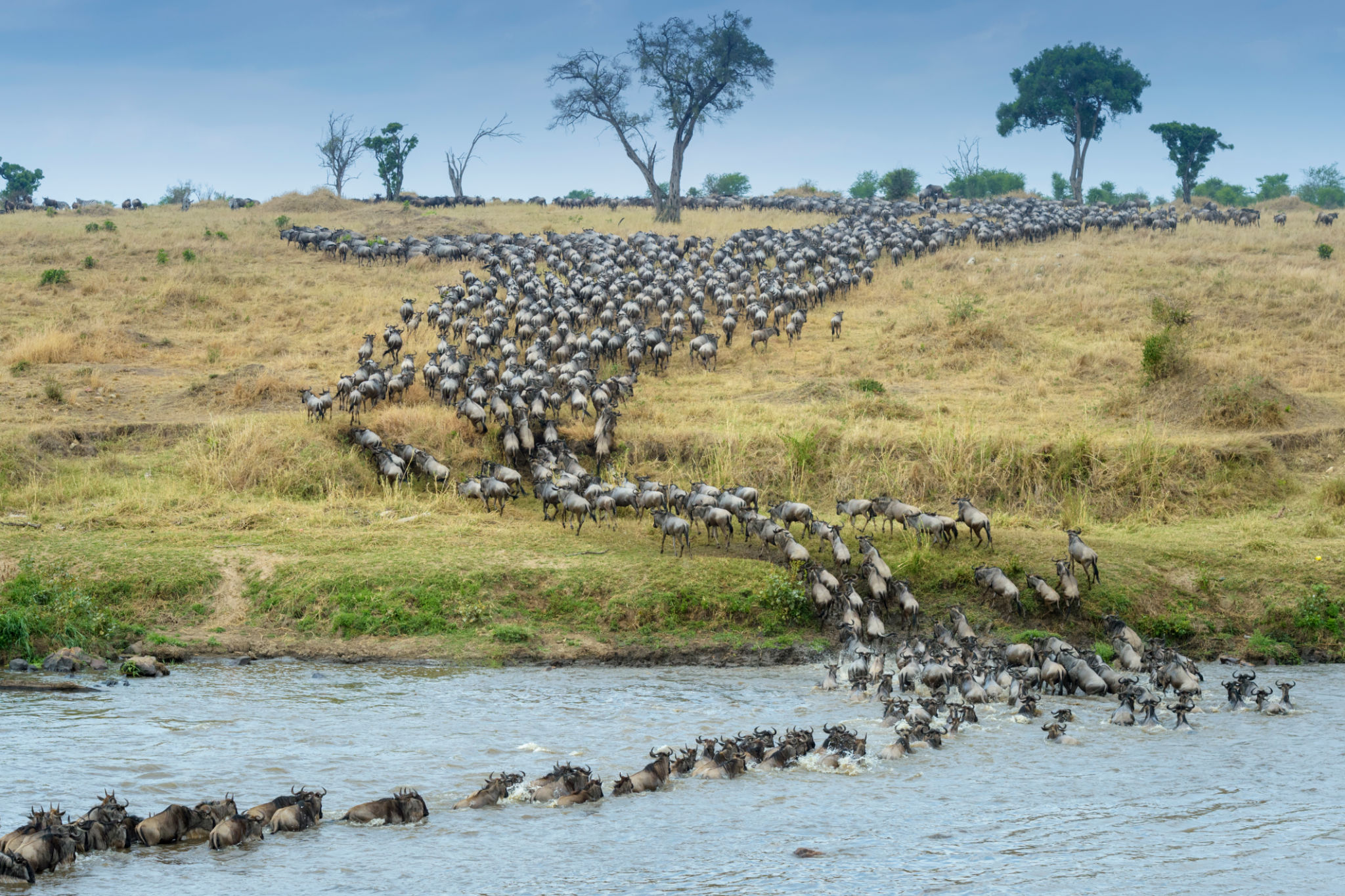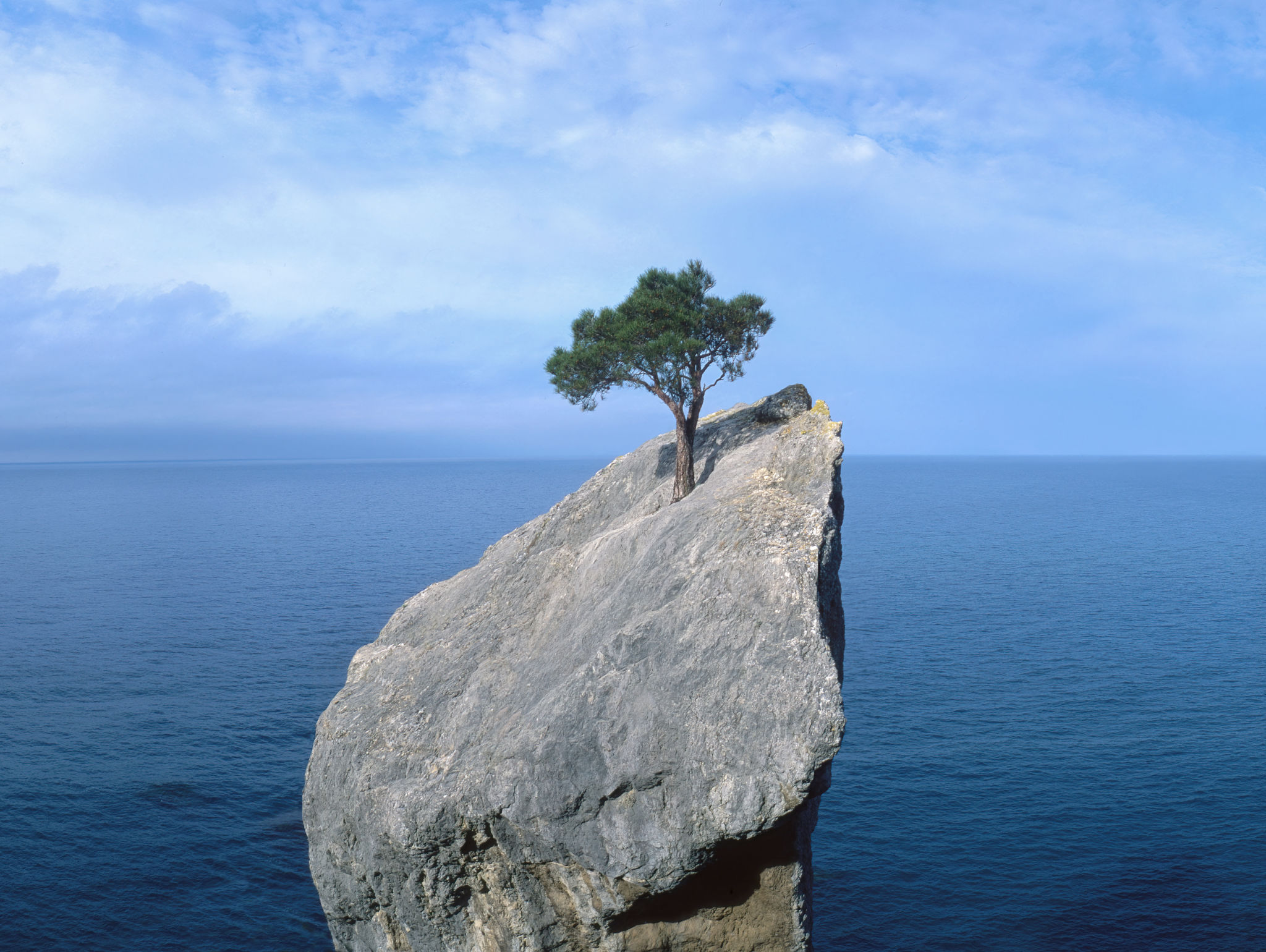Understanding the Great Migration: A Spectacular Wildlife Phenomenon
Introduction to the Great Migration
The Great Migration is one of nature's most awe-inspiring events, where millions of wildebeests, zebras, and other animals traverse the Serengeti and Maasai Mara ecosystems. This annual journey is driven by instincts and survival, making it a spectacle for both scientists and travelers alike. Understanding this phenomenon provides insights into the resilience and resourcefulness of wildlife.

The Route of the Great Migration
The migration follows a circular route through Tanzania and Kenya. Each year, approximately 1.5 million wildebeests, accompanied by hundreds of thousands of zebras and gazelles, embark on this arduous trek. The journey begins in the southern Serengeti, moves north towards the Maasai Mara, and then loops back.
This journey is dictated by the search for fresh pastures and water, as the herds chase the rains. The timing of their movement is not only a marvel of natural instincts but also a critical survival strategy.
Key Stages of the Migration
Throughout their journey, the migrating herds face several key stages:
- Calving Season: Occurring between January and March in the southern Serengeti, this is when thousands of wildebeests are born each day.
- Grumeti River Crossing: Around June and July, the herds confront their first major challenge, facing predators and swift currents.
- Mara River Crossing: In July through September, the animals encounter another perilous river crossing in the Maasai Mara.
- Return Journey: From November to December, the herds begin their return south to calving grounds.

The Role of Predators
The Great Migration is not only a test of endurance for herbivores but also a time of bounty for predators. Lions, cheetahs, hyenas, and crocodiles all take advantage of this traveling buffet. These predators are crucial in maintaining the balance of the ecosystem by culling weaker individuals and controlling animal populations.
This predator-prey dynamic is a fundamental aspect of the migration, showcasing the harsh realities of nature where survival often depends on agility and luck.
Human Interaction and Conservation Efforts
While the Great Migration is a natural wonder, it is not untouched by human influences. The encroachment of agriculture and development poses threats to migration routes. Conservation efforts are crucial to preserve these corridors for future generations.

Organizations and governments work tirelessly to ensure that this wildlife phenomenon continues unhindered. Initiatives include establishing protected areas, promoting eco-tourism, and engaging local communities in conservation efforts.
Why Witnessing the Migration is Unforgettable
For those fortunate enough to witness the Great Migration, it is an unforgettable experience. The sight of endless herds stretching across the savannas, combined with the sounds of thundering hooves and calls of animals, creates a sensory overload that leaves a lasting impression.
Travelers often recount the sheer scale and drama of river crossings as highlights of their journey. These moments capture the essence of nature's raw power and beauty.
Planning Your Visit
If you are planning to witness this incredible event, timing is everything. The migration's movement depends on weather patterns, which can vary annually. Working with experienced guides or tour operators can enhance your chances of catching these key moments.

Whether you choose to visit Tanzania or Kenya, each offers unique vantage points and experiences. From luxury lodges to mobile camps, there are options to suit every traveler's taste and budget.
Conclusion: A Symbol of Nature's Resilience
The Great Migration stands as a testament to nature's resilience and adaptability. It reminds us of the intricate balances in ecosystems and the importance of conserving our planet's natural wonders. As we continue to learn about this phenomenon, it deepens our appreciation for wildlife and our responsibility to protect it.